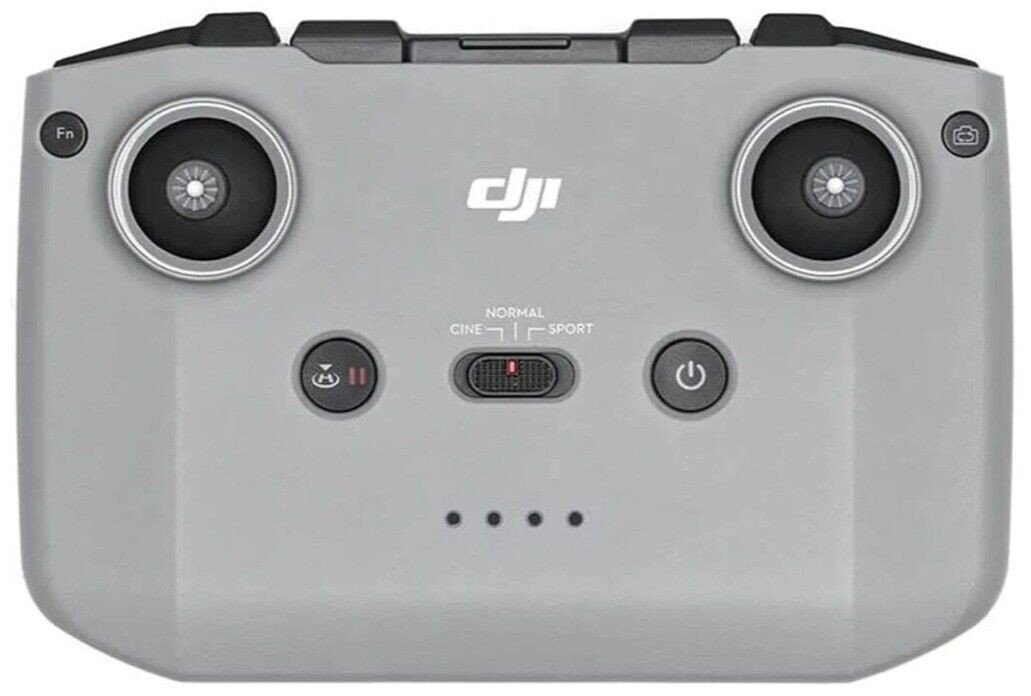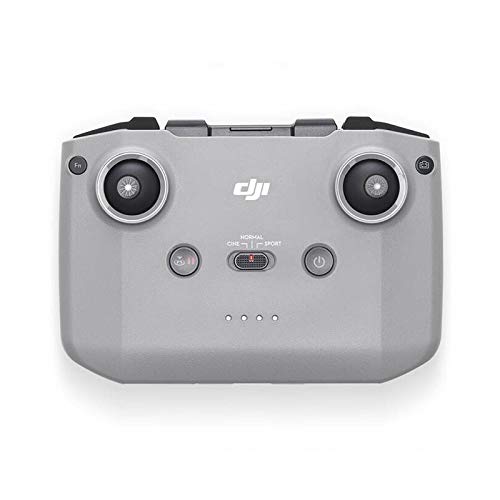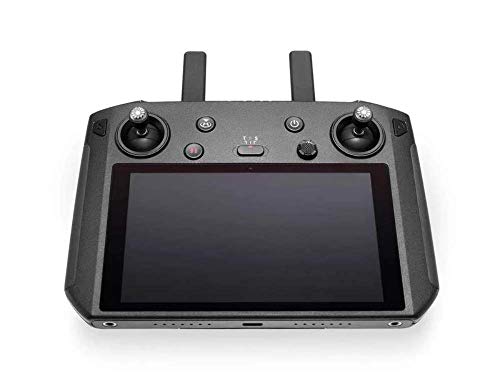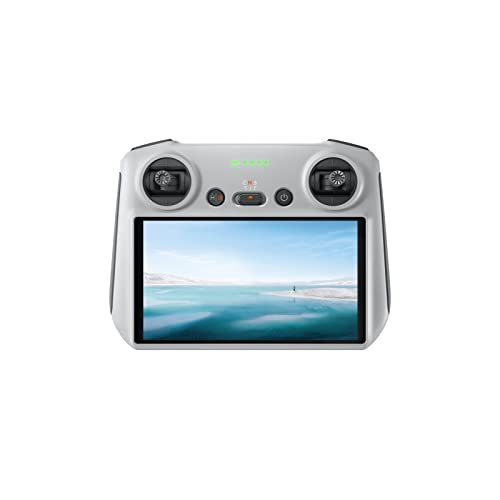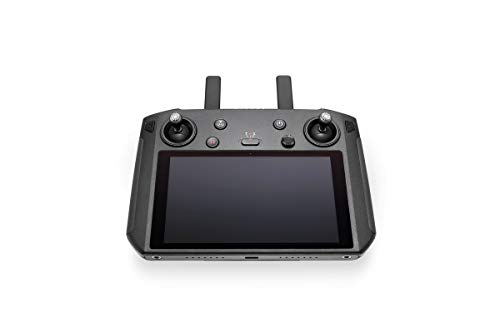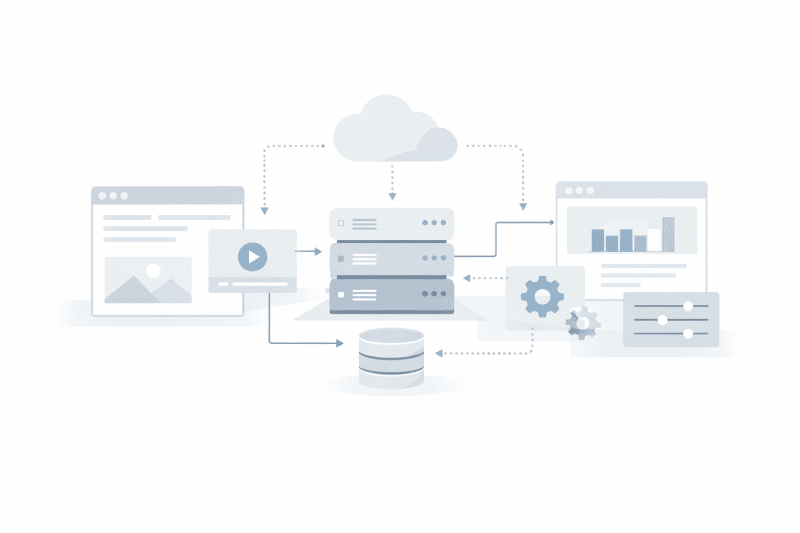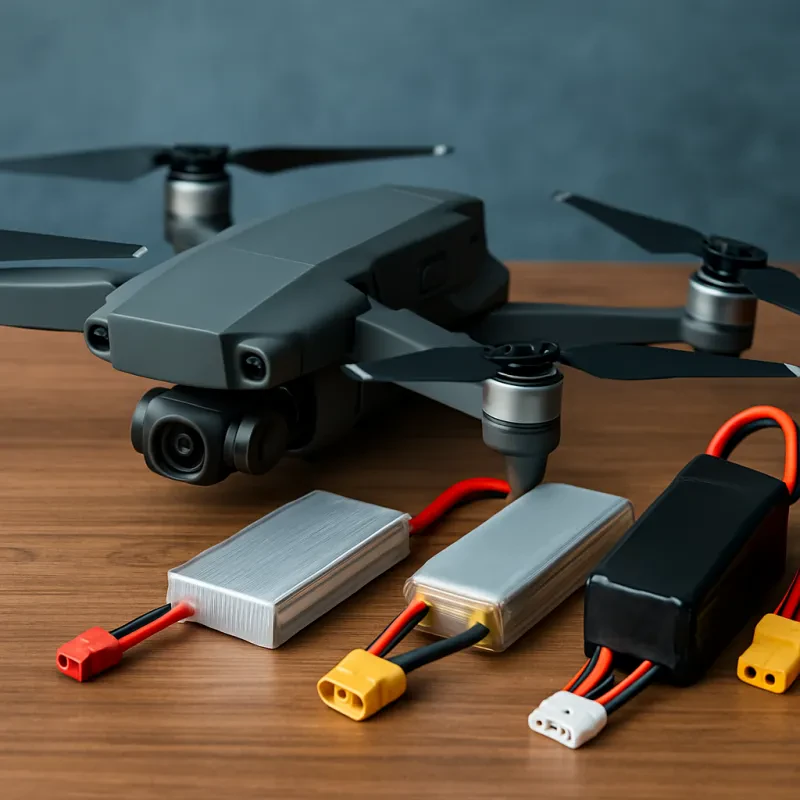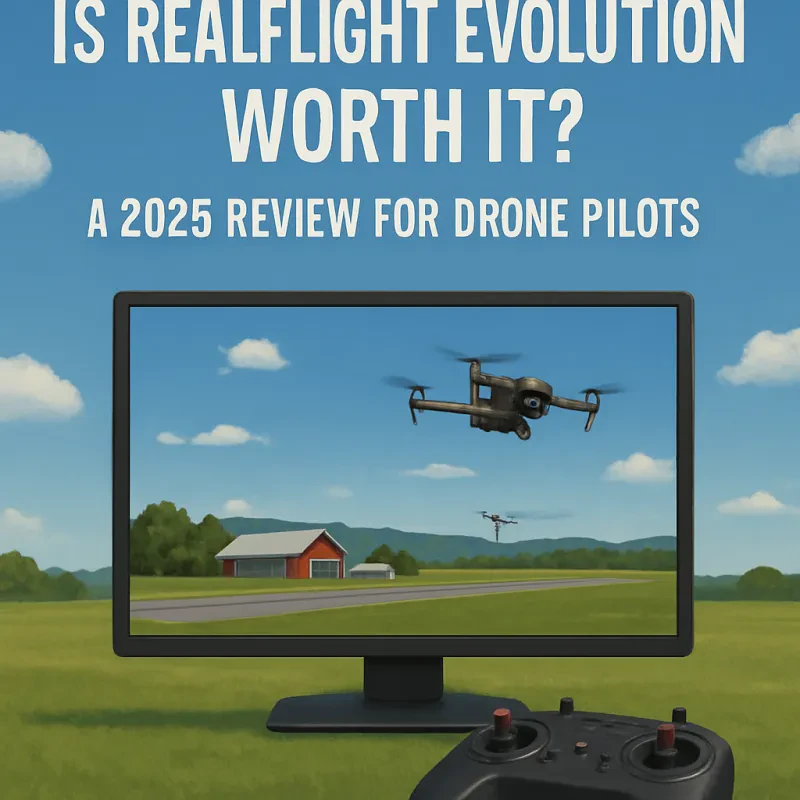Choosing the Right Drone Remote Controller
A drone remote controller is a vital tool for any drone pilot. The right remote controller can make all the difference in your flying experience. However, with so many options out there, it can be challenging to choose the right one. In this article, we will discuss some of the critical factors to consider when selecting a drone remote controller.
Compatibility
Before purchasing a drone remote controller, it is essential to ensure it is compatible with your drone. Not all remote controllers work with every drone, so make sure to check your drone's compatibility before making a purchase.
Range
The range of a drone remote controller refers to the distance at which you can control your drone. A longer range means you can fly your drone further away from yourself. However, keep in mind that the range of a remote controller is also influenced by other factors such as weather conditions and physical obstructions.
Battery Life
Battery life is a crucial factor to consider when choosing a drone remote controller. It would be best to look for a remote controller with a long battery life to avoid disrupting your flying experience by having to recharge mid-flight, which can be a hassle and sometimes even dangerous.
Features
The features that a remote controller provides can improve your flying experience significantly. Look for features such as GPS, an adjustable gimbal, auto takeoff, and auto-landing. These features can make flying your drone much more comfortable and enjoyable.
User Experience
The user experience of a remote controller can make all the difference in your flying experience. Some remote controllers have more comfortable grips and buttons, which can reduce fatigue during extended flight periods. Look for a remote controller that provides a comfortable and intuitive user interface.
Conclusion
Choosing the right drone remote controller is crucial to have a positive and enjoyable flying experience. Keep in mind your drone's compatibility, the range of the remote controller, battery life, features, and user experience when making your decision. With a well-chosen remote controller, you are sure to have a great flying experience with your drone.
Understanding the Features of a Drone Remote Controller
A drone remote controller is an essential tool for drone pilots. It allows them to control the drone's movement and capture stunning aerial footage. However, each drone remote controller differs in terms of its features and functions. Here are some of the key features of a drone remote controller:
Joysticks and Control Sticks
The joysticks and control sticks are the most important components of a drone remote controller. They allow the pilot to control the drone's speed, altitude, and direction. There are usually two joysticks on the remote controller. The left stick controls the altitude and rotation of the drone, while the right stick controls the speed and direction. The control sticks on the other hand, are typically used for moving the camera on the drone in different directions.
Display Screen
Most drone remote controllers come with a built-in display screen. This screen displays important information, such as battery life, altitude, speed, and GPS coordinates. Some controllers also allow you to see live video footage from the drone's camera on the screen. This is especially useful for capturing footage or taking photos during a flight.
Buttons and Switches
In addition to the joysticks and control sticks, drone remote controllers also have various buttons and switches. These buttons and switches perform different functions, such as taking a photo or starting a video recording. They also allow the pilot to adjust the drone's settings, such as the white balance or ISO level.
Connectivity
Finally, drone remote controllers also differ in their connectivity options. Some controllers connect to the drone using Wi-Fi, while others use radio frequencies. Some controllers even have Bluetooth connectivity, which allows them to connect to smartphones or tablets for additional functionality.
Understanding the features of a drone remote controller is crucial if you want to fly your drone safely and capture the best footage possible. Take the time to study your controller's manual and practice using it before taking your drone on its first flight.
Mastering the Art of Drone Flying with Remote Controller
Flying a drone with a remote controller can be a daunting task, especially if you are new to the world of quadcopters. But with a bit of practice and patience, mastering the art of drone flying with a remote controller is no rocket science. Here are a few tips that can take your drone flying skills to a whole new level:
Understand the Basics of Remote Controller
Before you start flying your quadcopter, it is important to understand the basics of your remote controller. This includes learning the buttons, joysticks and switches that control various functions of your drone. Make sure you read the user manual carefully and take some time to familiarize yourself with the controller before taking your first flight.
Start Small and Slow
If you are new to drone flying, it is best to start with a small and beginner-friendly quadcopter that is easy to control. Also, start with slow and gentle movements to get a feel of how your drone responds to the controller. As you gain more experience and confidence, you can gradually increase the speed and agility of your quadcopter.
Master the Basic Maneuvers
To master the art of drone flying with a remote controller, you need to be proficient in the basic maneuvers such as takeoff, landing, hovering, ascending, descending, and flying forward, backward, left and right. Practice these maneuvers thoroughly and get a good grip on the controls before moving on to more advanced techniques.
Practice in Open Spaces
When practicing drone flying, it is best to do it in open spaces away from buildings, trees, power lines and other obstacles. This not only minimizes the risk of accidents but also gives you more room to experiment and perfect your flying skills. Also, make sure you fly your drone within the legal boundaries and follow the local regulations.
Use the Right Techniques and Settings
Using the right flying techniques and settings can make a huge difference in your drone flying experience. For example, adjusting the camera angle, setting the flight mode, and using the obstacle avoidance feature can help you avoid crashes and capture stunning aerial footage. Make sure you learn and apply the best practices for your particular drone model and flying conditions.
In summary, mastering the art of drone flying with a remote controller requires practice, patience, and a good understanding of the basics. By following the tips and techniques discussed above, you can improve your flying skills and become a confident and skilled drone pilot. Happy flying!
DJI Air2S, Mini 2/3 Pro & Mavic 3 Remote Controller
Experience unparalleled control and precision for your DJI drones with our advanced remote controller designed for the Air2S, Mini 2/3 Pro, and Mavic 3
Product information
$99.00
Product Review Score
4.5 out of 5 stars
182 reviews